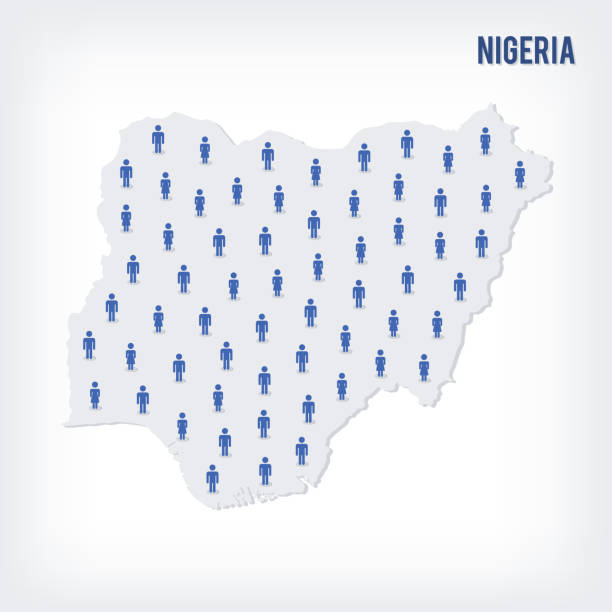
Rapid urbanization is indeed a major challenge to Nigeria’s mobility sector. As more people move from rural to urban areas in search of better economic opportunities, cities are becoming increasingly congested, leading to traffic jams, air pollution, and other mobility-related problems.
In a research carried out by Doris Dokua Sasu, Lagos alone had a population of 15.4 million people at 2022, but there would be a possible increase to about 24.4 million in 2035.
The world population review estimated Lagos’s population to be 24,418,768 at 2023.
Additionally, many of Nigeria’s cities were not designed to handle the current level of population growth, leading to inadequate infrastructure, poor road networks, and limited public transportation options.
To address the challenges posed by rapid urbanization, Nigeria needs to adopt a comprehensive approach that prioritizes sustainable urban planning and development. This could include investing in new infrastructure, such as roads, public transportation, and housing, as well as improving existing infrastructure to ensure it is capable of accommodating population growth.
Additionally, Nigeria needs to promote sustainable modes of transportation, such as biking and walking, and encourage the use of public transportation to reduce the number of cars on the road.
Finally, Nigeria should also prioritize the development of smart city solutions, such as intelligent transportation systems and smart traffic management, to improve transportation efficiency and reduce congestion.
Solutions for smart cities that could be used in Nigeria include the following:
Intelligent transportation systems (ITS): These systems enhance traffic flow and lessen congestion by using technologies like GPS, real-time traffic monitoring, and dynamic routing.
Smart traffic management systems: These systems monitor and regulate traffic flow using cameras, sensors, and other technology, therefore easing congestion and enhancing safety.
Intelligent parking management: This system makes use of sensors and real-time data to guide drivers toward open parking spaces, saving time and fuel.
Smart public transportation: By giving users real-time information and enabling dynamic routing based on demand, this technology can increase the effectiveness and dependability of public transportation systems.